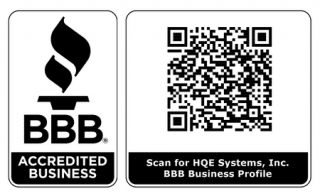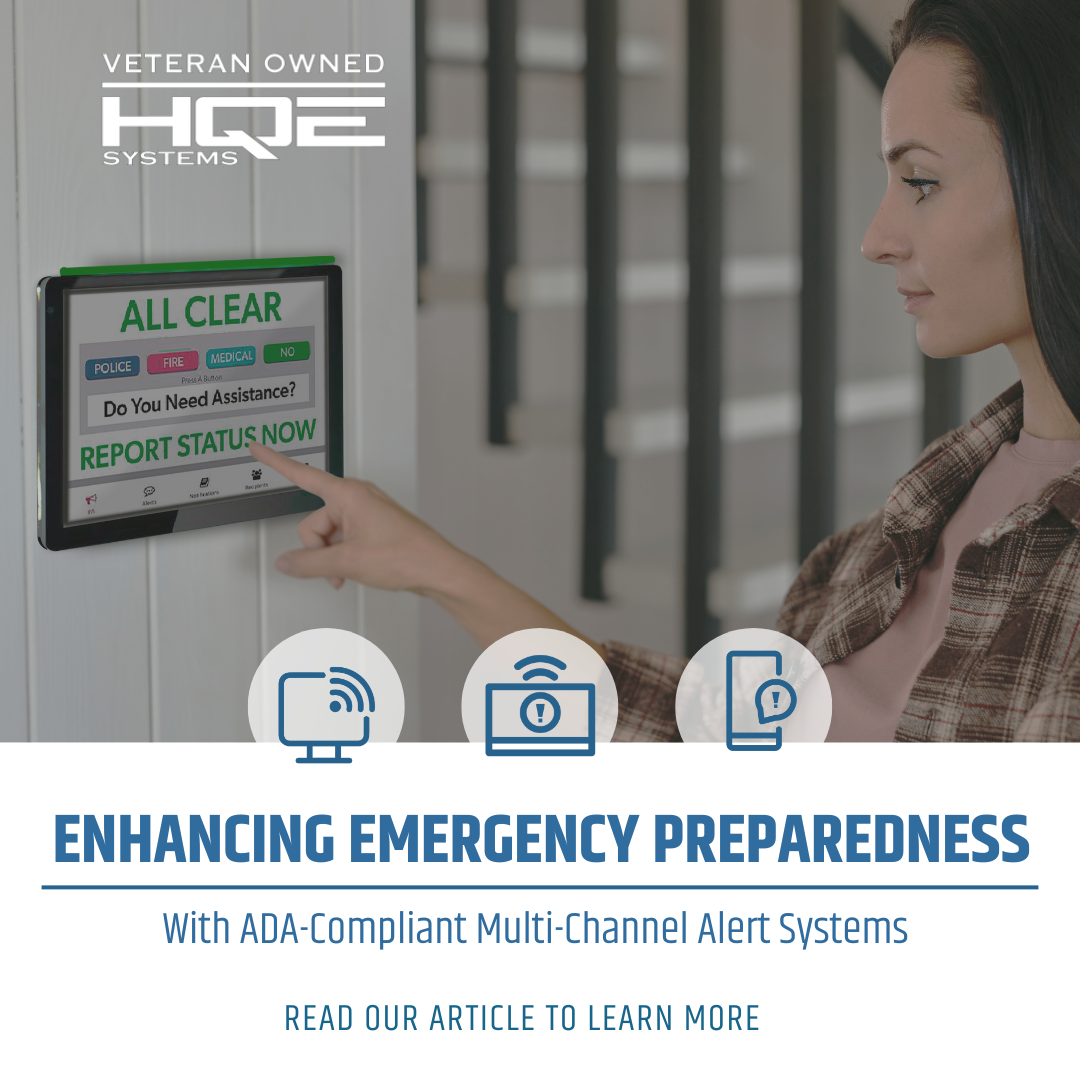
Enhancing Emergency Preparedness with ADA-Compliant Multi-Channel Alert Systems
Introduction: Championing Inclusivity in Emergency Management In the critical field

Introduction: Championing Inclusivity in Emergency Management In the critical field
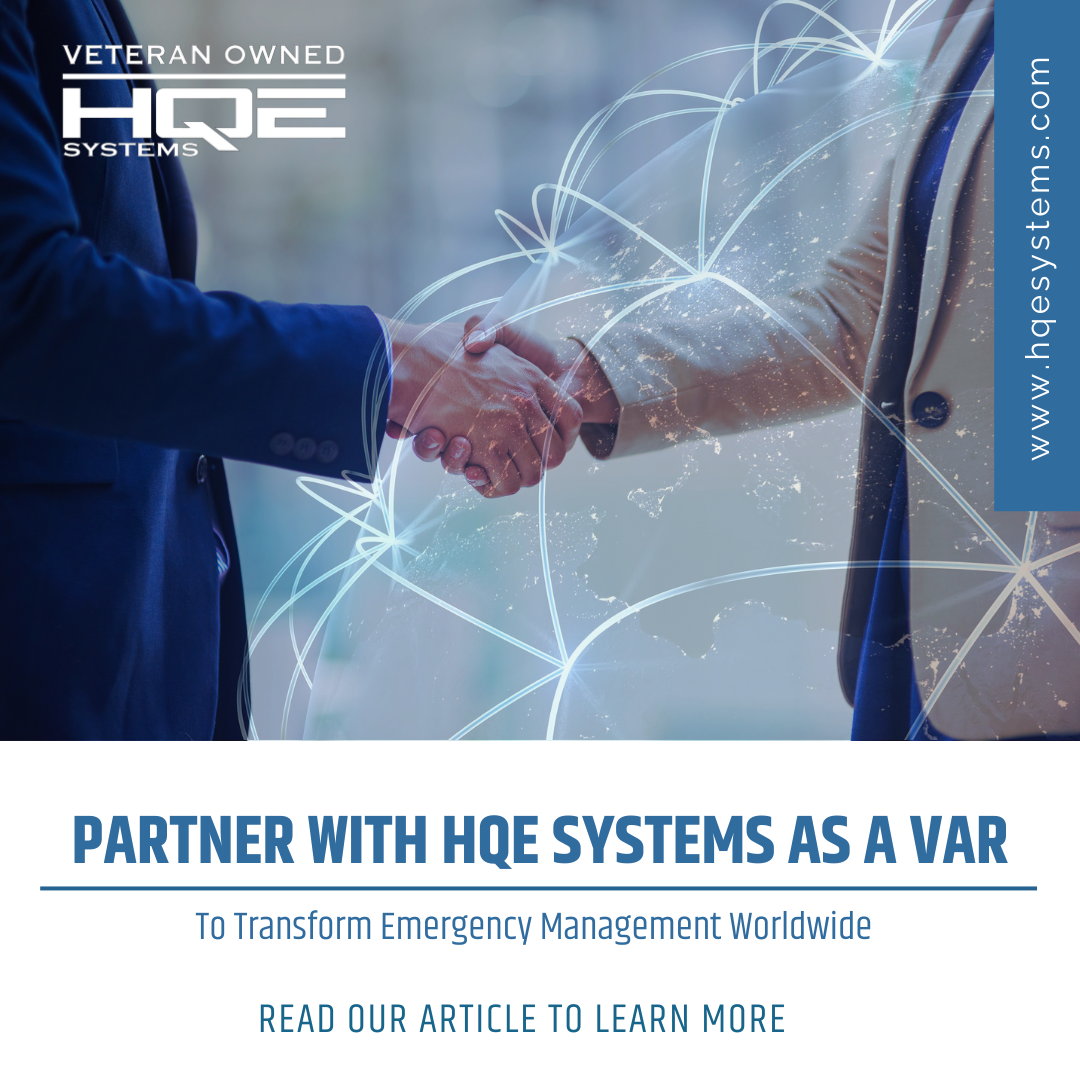
Introduction Welcome to a world where innovation meets necessity in
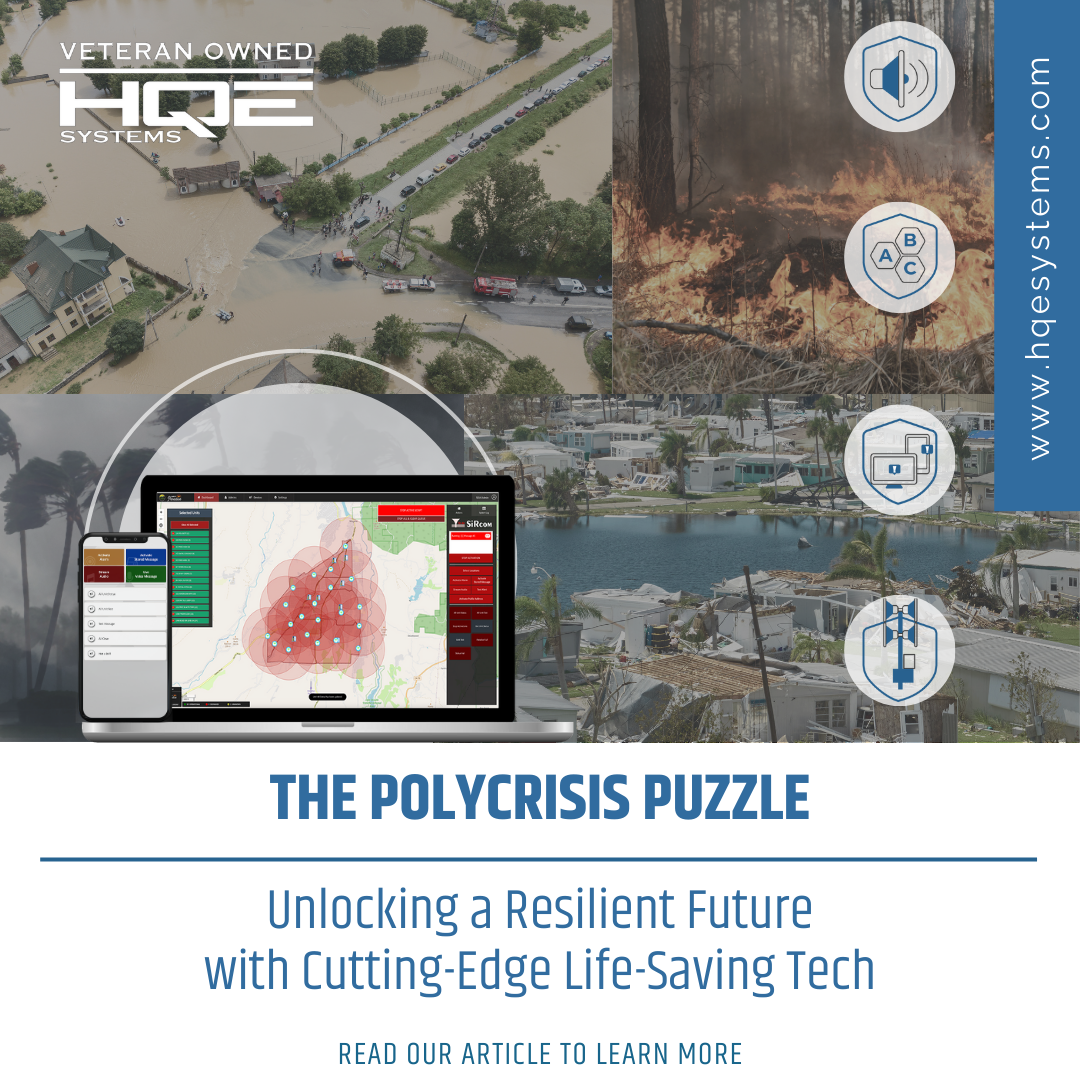
The Polycrisis Puzzle: Unlocking A Resilient Future With Cutting-Edge Life-Saving
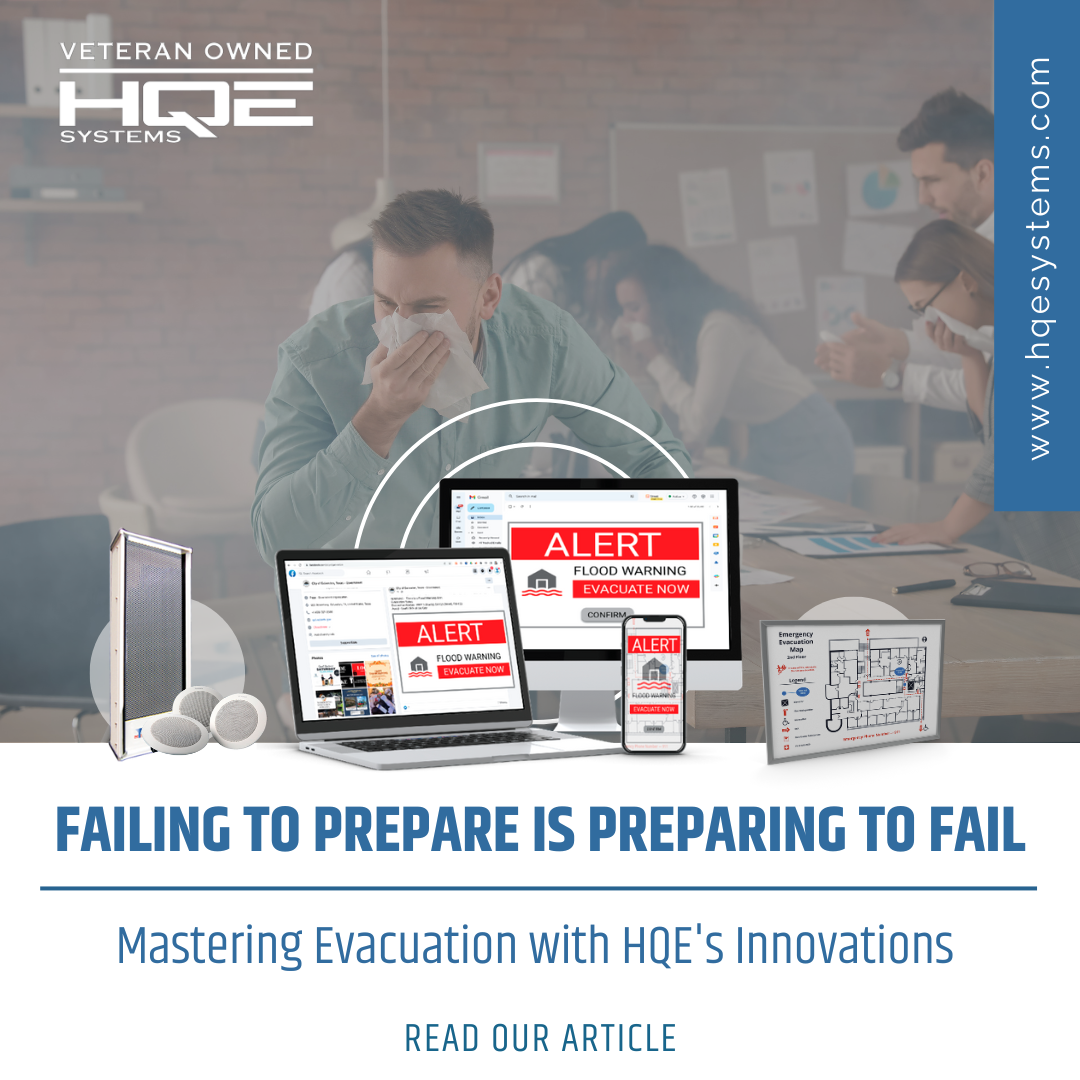
Navigating the Maze: Overcoming Evacuation Challenges in Emergencies Understanding Emergency
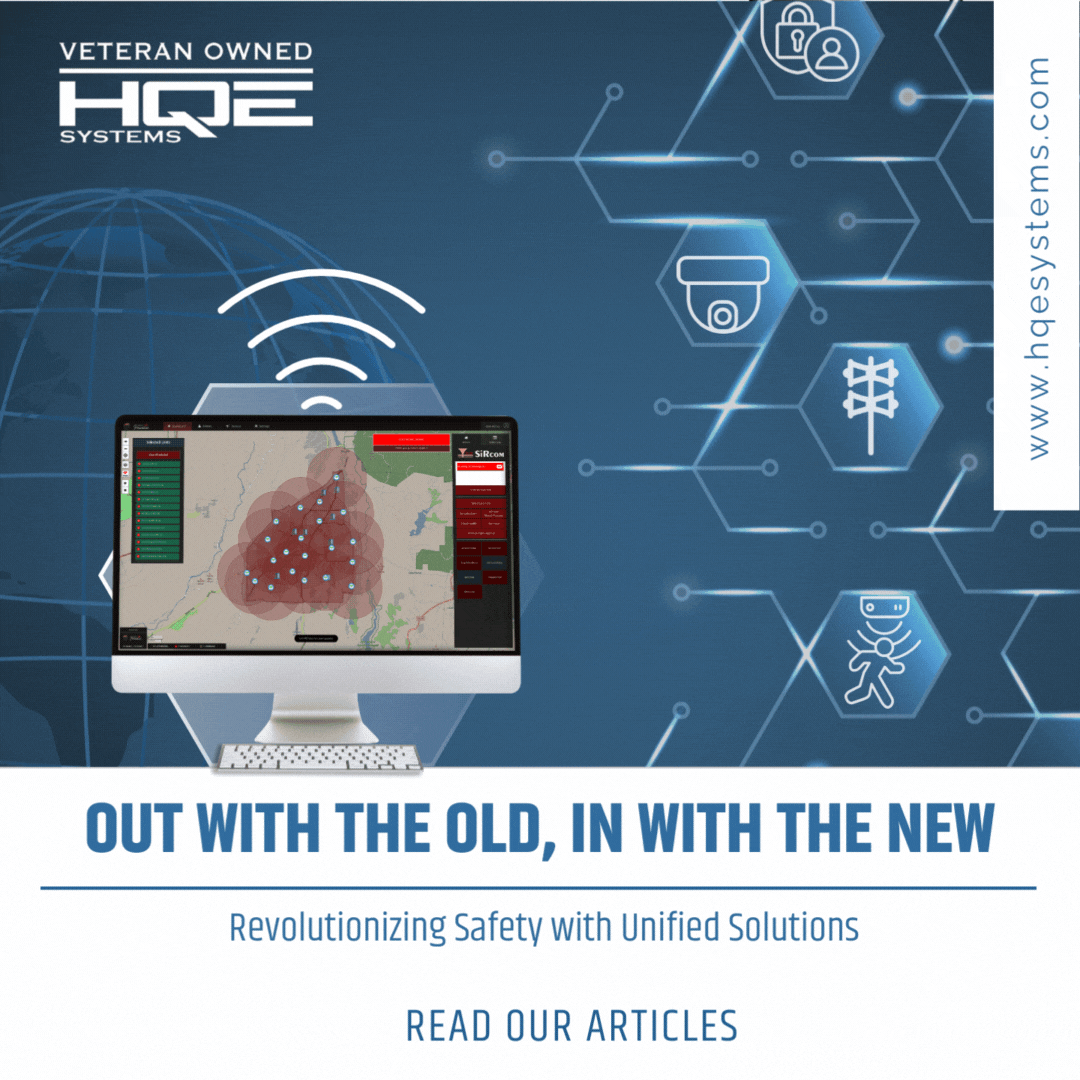
Bridging the Gap: The Urgent Shift to Integrated Safety Solutions
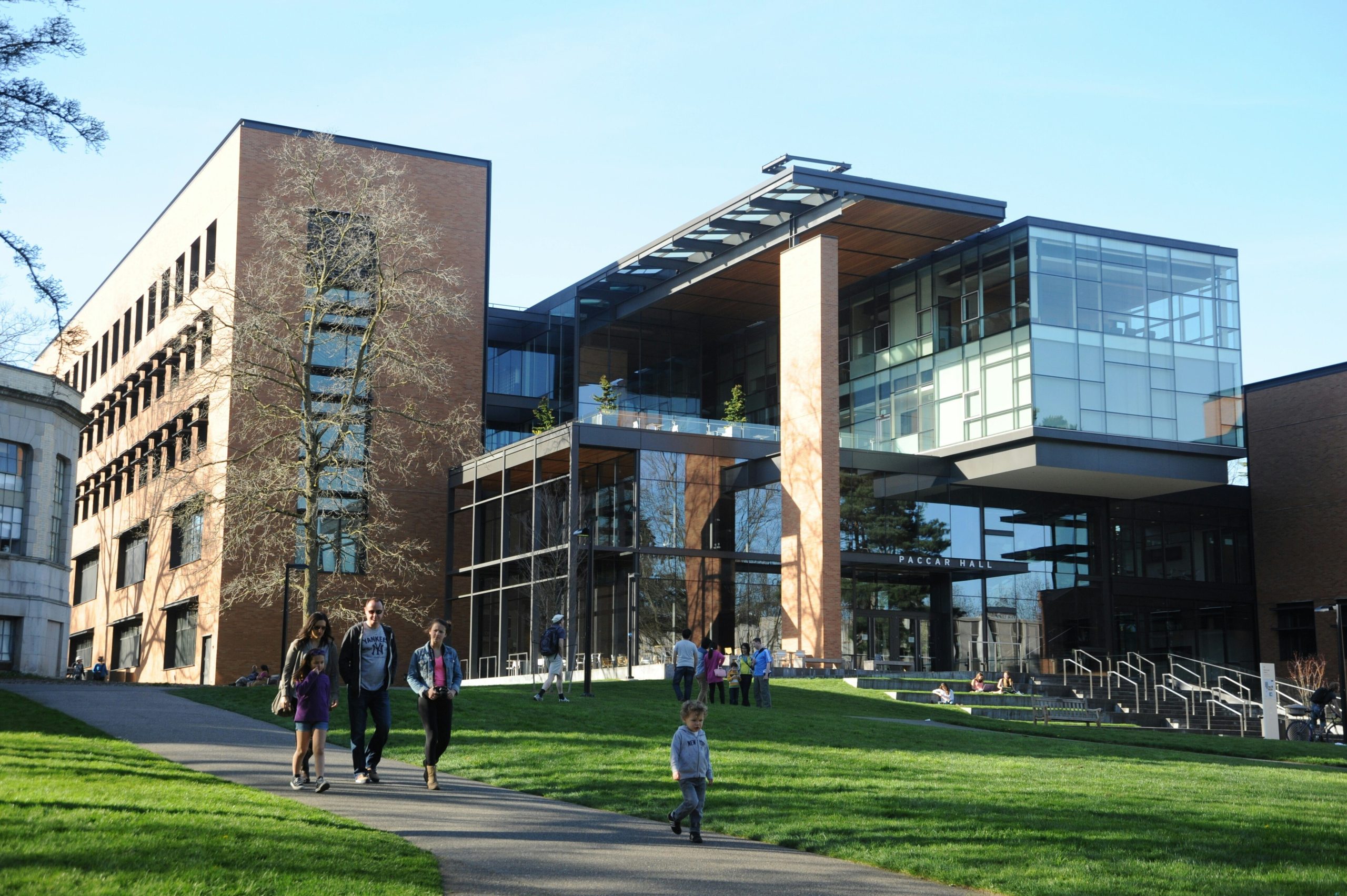
Maximizing Campus Safety: A Comprehensive Guide To EMNS Compliance And
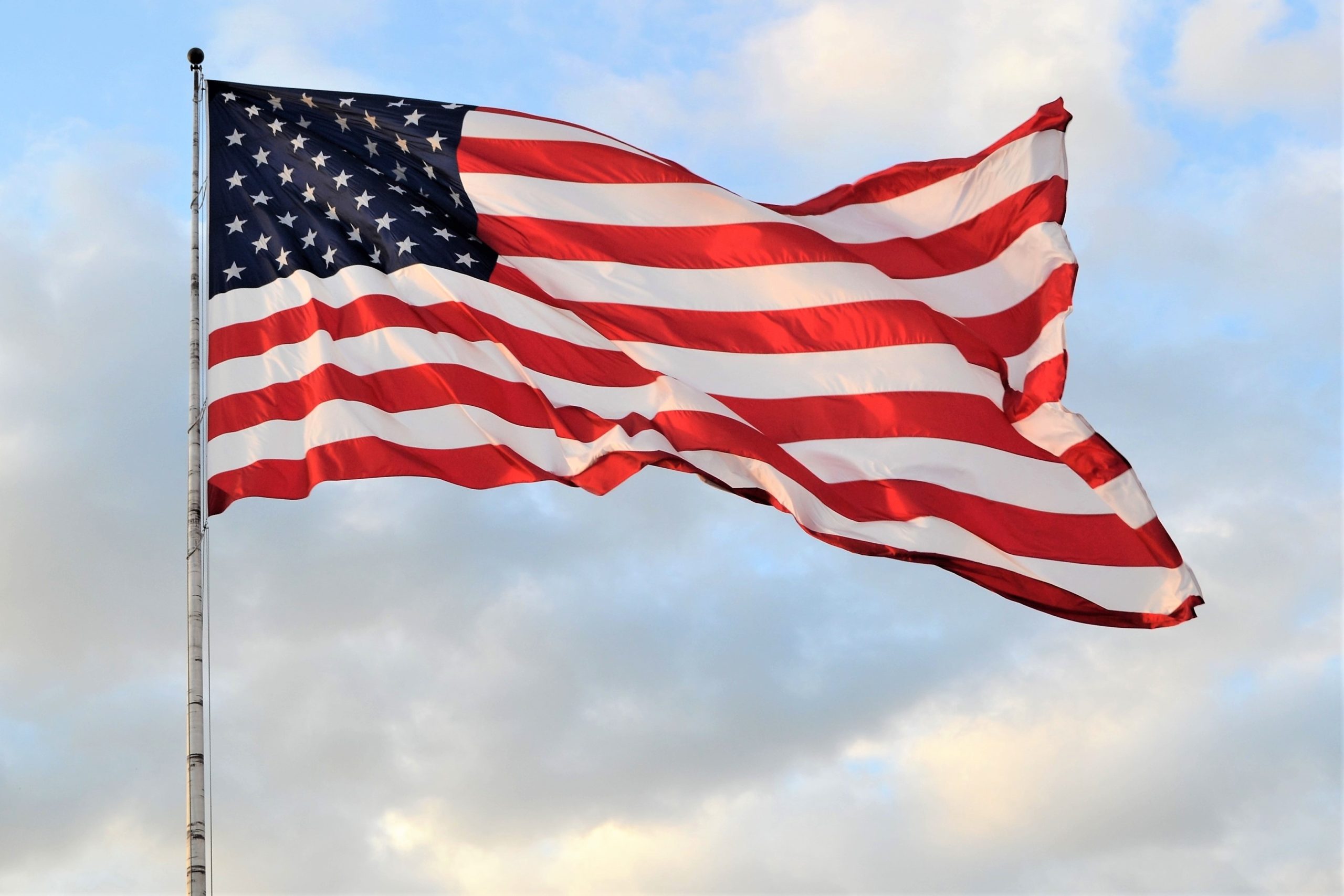
Unveiling Valor: Discovering the Essence of HQE Systems In a
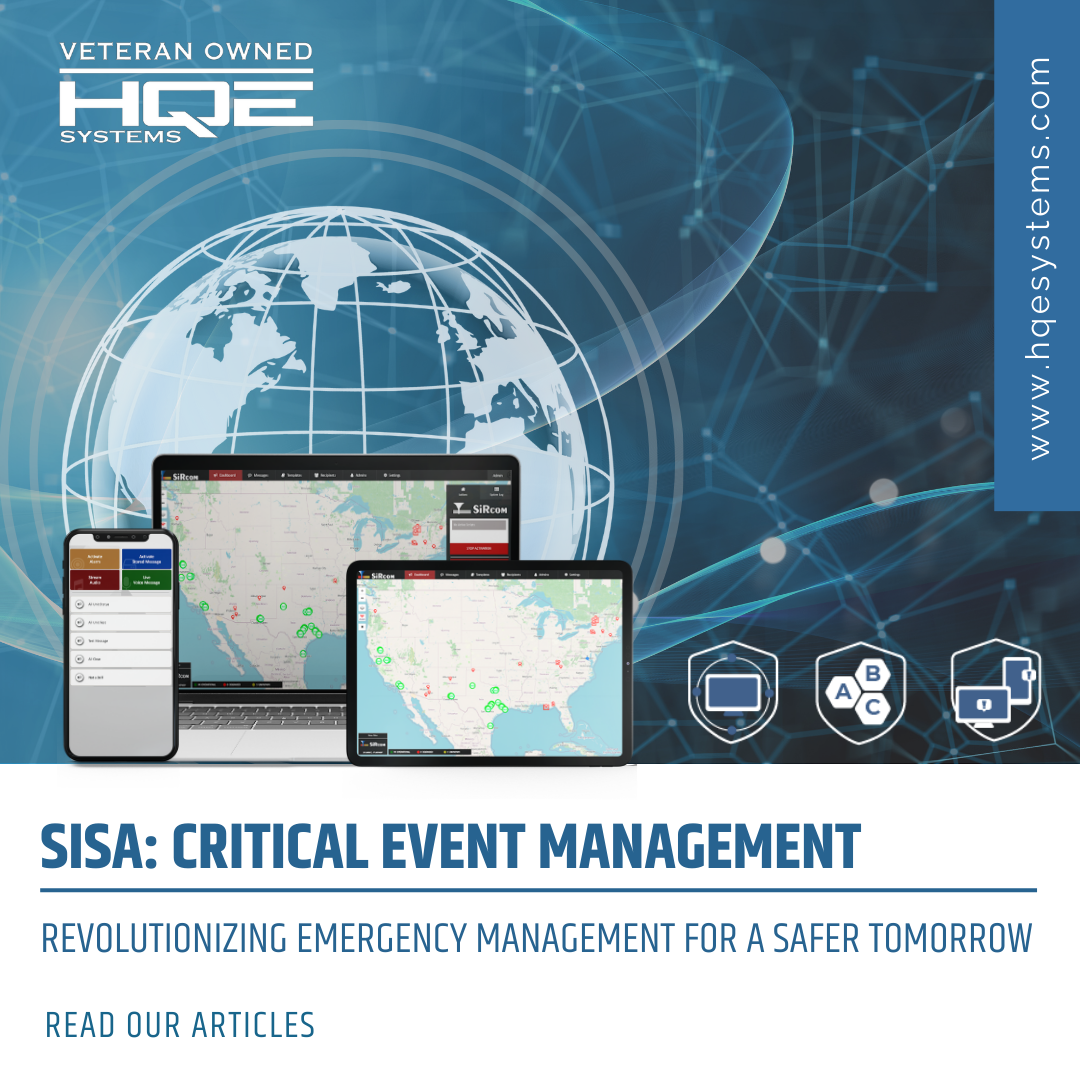
SiSA: Critical Event Management Software Charting the New Frontier in
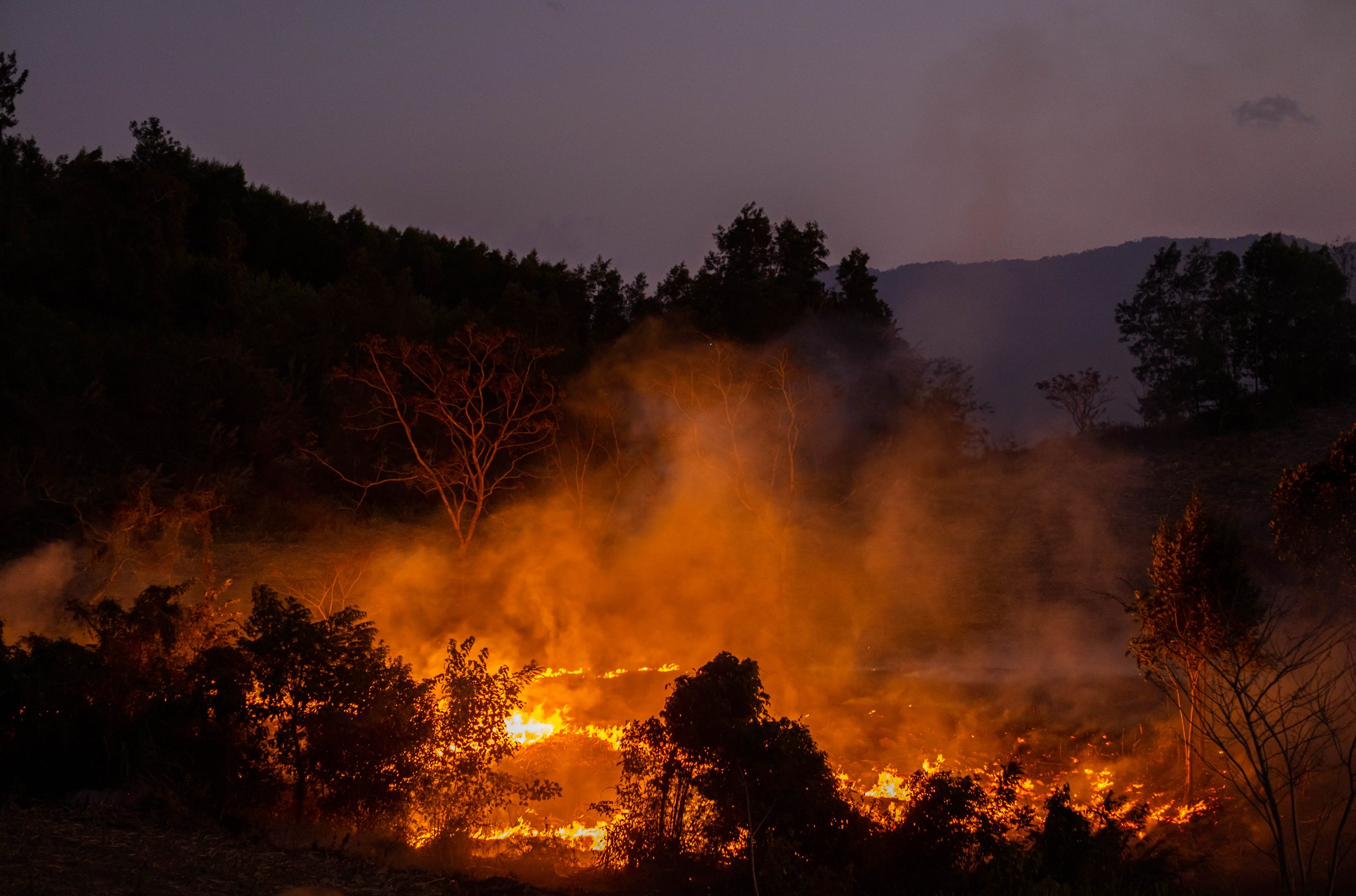
Flames On The Move: Texas Panhandle Wildfires Consume 850,000
